Shades Of Injustice: Unveiling Racism In The Brown Skin Vs Dark Skin Industry Divide

Table Of Contents
Racial discrimination is one issue that has plagued the world for as long as history dates. People of color are procedurally denied their right to fair competition and equal resources in any given field or industry. Nevertheless, this social group has made strides in the labor market, housing as well as education. But beyond the broad spectrum of racism and overall discrimination is the lesser-known evil of colorism.
Colorism is the convention of allowing light-skinned people to have access to various privileges that their darker-skinned counterparts (especially darkskin women) are consciously denied. It is more narrowly concerned with skin tone, while racism simply sees everything in the same light. The light-skinned section of the dark-skinned population enjoys far more and better benefits than the latter. It is related directly to the larger racist feelings prevalent in the USA and around the world.
Lighter-skinned people reportedly earn more money, stay in school longer, marry into higher classes, and are much more successful in their race against darker-skinned people on the racist track. The color complex is something that has been shared around the world uniformly. It helps sustain the multibillion-dollar cosmetic surgery, eurocentralized makeup, and skin-bleaching industry.
In this article, we will try to dissect the idea behind racism and its offshoot, colorism, in a brief overview. Keep reading to get a peek at the brown skin vs dark skin discourse.
Brown Skin Vs Dark Skin: Where Is The Divide?
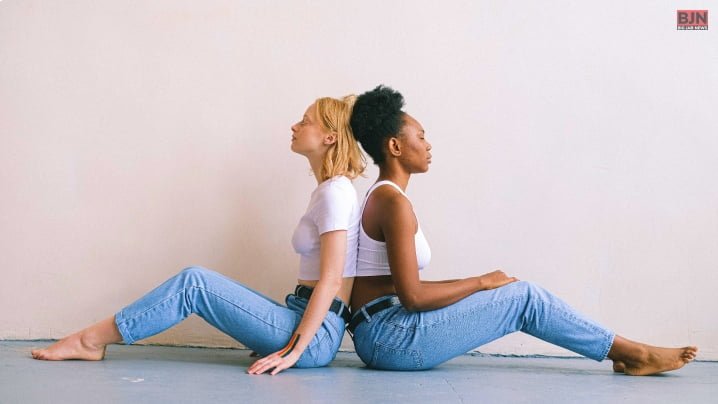
The divide is not just externally projected but internalized too. Ronald Hall, a tenured professor at Michigan State University, specialized in intra-racial racism, Bleaching Syndrome, and the black male Cool Pose concept, says the white aesthetic ideal internalization is a result of the long-drawn history of slavery and colonialism around the world. Most people from countries that have a colonial past have absorbed the value systems of their oppression and have come to hold light skin tones in high esteem. It is a result of outright socioeconomic stratification and psychological distress.
The discussion of colorism or the whole light skin brown skin dark skin division is not a distraction from the more relevant issue of racial prejudice. Colorism makes way for a deeper understanding of how racism operates in society. Studying the division and bias between colors of the same race lays out the reality in plain sight of how it is a manifestation of larger racial contention. It is thriving and well and insidious enough to allow communities of color to be divided among themselves into various quasi-racial social strata.
Brown Skin Vs Dark Skin: The Media Toxicity
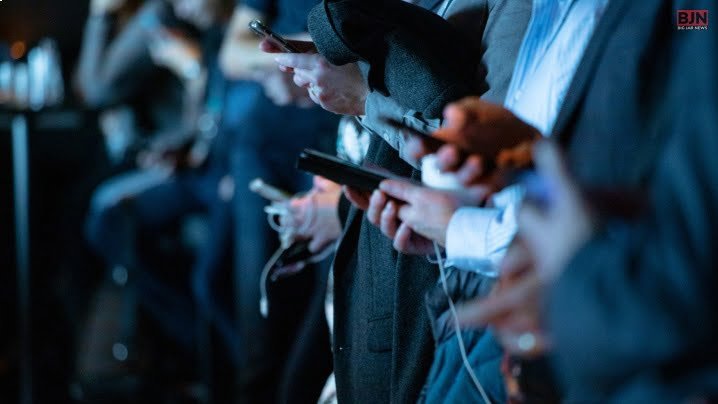
Many popular cultures in media, such as Latin American telenovelas, depict their innate value of white aesthetics by depicting almost all their actors as white-skinned except the maids, who are light brown. Popular musicians and movie stars in the Philippines are more often than not mestizos (half-white) or excessively light-skinned with round eyes. The most successful African-American celebrities are usually light-skinned, reinforcing a type based on white ideals.
The political world is definitely not far behind in its instrumentation of the divide. Ethnic illegitimacy had been at work during the 2008 US presidential campaign. Many Political commentators have questioned Bill Richardson and Barack Obama on their measure of being “ethnic enough.” Major media houses such as Time magazine and the Los Angeles Times published stories headlined ‘Is Obama Black Enough?’ and ‘Obama Not “Black Enough”?’
Researchers have repeatedly found that racial identity plays a huge factor in elections for the candidates as well as the voters.
Media has supersized the white beauty concept a great deal, and it has affected various countries based on their respective needs to accommodate white standards. People all around the world are affected by the media-induced image of the “good life” that the US has to offer, and that entails light skin, blonde hair, and Anglicized facial features. Women in South Korea, China, and Japan have accepted double eyelid surgery as a way of life. The female population of Brazil, Uganda, and Saudi Arabia are using toxic bleaching creams to appear as white as possible.
Brown Skin Vs Dark Skin: Cosmetology
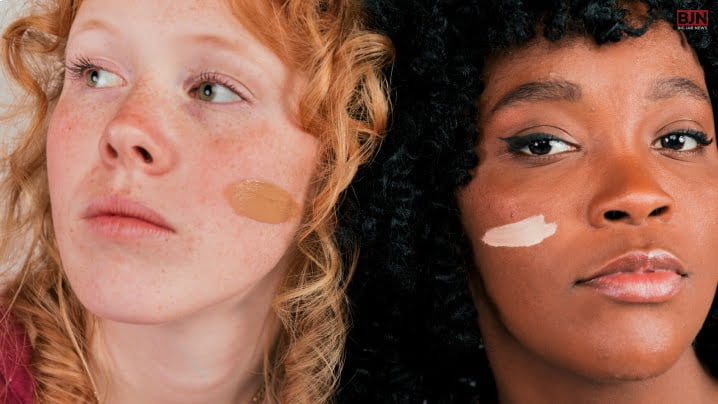
Today, men and women have numerous options to alter their bodies to fit the white ideal. When it comes to their eyes, they can buy lighter-colored lenses, they can straight thier hair to look less kinky and curly, and their lips, nose, and eyes can look a certain way to appear as white-washed as possible. To add to the woes, colorism, and racism has become even harder to combat because of how rewarding it is in practical life. And the success achieved by being lighter skinned is a success story, the stuff of legends. These invisible-but-very-much-there hierarchical layers have sparked the much-needed lightskin vs dark skin conversations.
The old recipes for skin whitening and lightening by using bleach, blacking soda, toothpaste, and lye are never-ending. The skin whitening products go by various names like skin-toning creams, skin-fading creams, skin-lightening gels, and skin-brightening creams. Basically, they have to apply a religious number of times for days and months to achieve desired results. Business persons marketed in a palatable and ethically-safe way to avoid controversy.
In Additions:’
Aside from the above mentioned facts. There are some more which you have to know. Below I am going to discuss about the same.
At this point, change can occur only with the slow dismantling of the larger mechanism of white supremacy that is at play. Again, there is no limitations to the US, but around the globe. It is easier said than done when a large section of society believes the idea of racism which people forget this for a long-forgotten past since the death of colonialism. They insist that any discourse on racism which people always meant to do more harm than good. People usually know this concept as “colorblind racism,”. Here racism becomes invisible while one perpetuate actively.
The industry is thriving in third-world countries like Mexico, Pakistan, Jamaica, the Philippines, Saudi Arabia, Japan, India, Senegal, Tanzania, Nigeria, Uganda, Ghana, Kenya and, less so, but also the USA. Asian markets have websites like drugstore.com selling “Skin Doctor’s Dermabrite Brightening Crème,” which sells for $35 for 1.7 ounces. It offers links to products like “skin lighteners,” “skin whiteners,” “pH Advantage,” and “pigmentation fader.” Interestingly, skin whiteners which men use increasingly. In India, the best-selling “Fair & Lovely” lightening cleansers and creams meant for dusky skin color inaugurated a line of skin whitening products specifically for men, calling it “Fair & Handsome.”
Brown Skin Vs Dark Skin: The Bottom Line
Skin color has and is continuing to shape our lives both in the US and around the world. Skin tones that have cultural value and socio-economic meaning come from the deeply historical background of the race in question. One of the most glaring truths that are becoming increasingly difficult to overcome is the price people of color with darker skin tones are paying for simply being who they are. All while their lighter-skinned counterparts continue to rise in society for their white roots.
This phenomenon is not just common in white people. Rather, even African Americans think it brings up uncomfortable and uneasy conversations that they can judge even further. The idea has become so twisted and turned. People considered this as a tragedy afflicting the communities of color. In this case one need to talk about as much, lest it sparks more awkwardness.
Colorism, or the brown skin vs dark skin topic, is at the very least embarrassing and, at its worst, a sign of vulnerability and self-hating, externally induced body dysmorphia.
Read Also:
You May Also Like
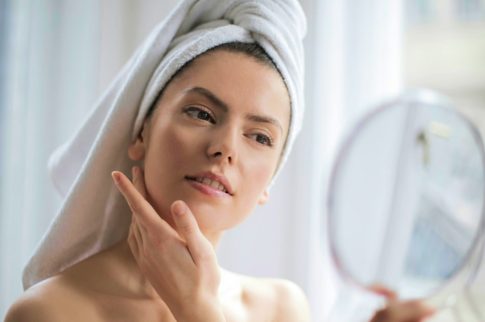
February 22, 2024
How To Protect And Care For Your Fair Skin In Every Season?
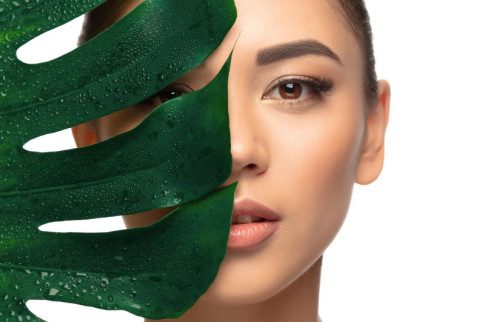
March 31, 2022






















